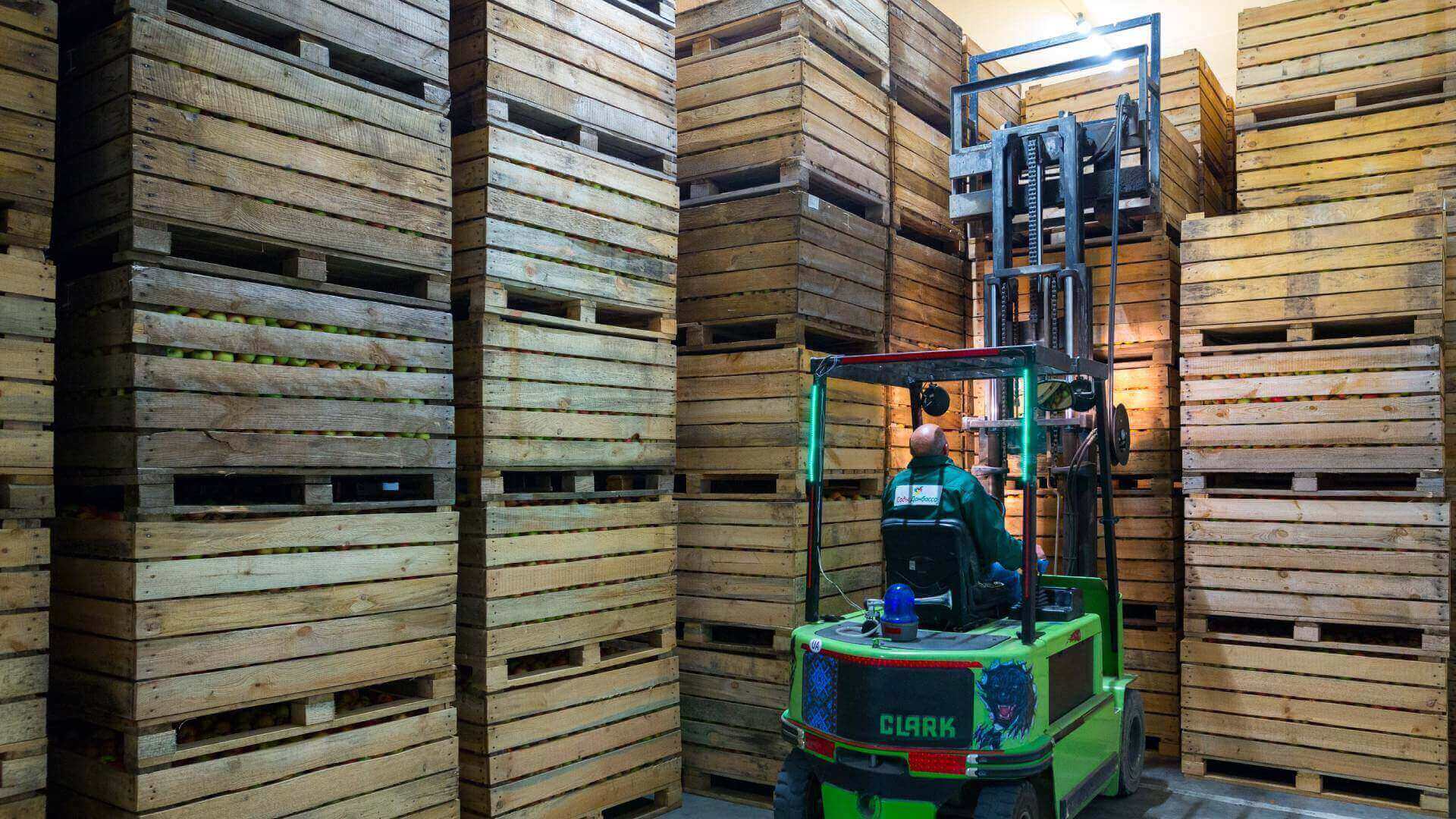Food Industry Challenges – Making Ends Meet in the New Shortage Economy
While the entire global economy grasps at straws, the food industry takes one massive hit after another. Shortages continue to breach most areas of the supply chain, from warehousing, transportation, shipping, rents, and labor to various resources such as gas, lumber, chicken wings, and even computer chips!
As demand quickly increases, industry professionals now strive to identify sustainable solutions to keep their businesses going.
Withstanding the Shortage Economy – The New Challenges Facing our Food Industry
Warehousing and transportation expenses have skyrocketed for many reasons. But
labor, gas, lumber remain at the top of an ongoing shortage list. Lumber prices have seen a particularly worrisome trend, having tripled in about a year’s time. Much has been said of how this has severely affected the cost of new homes, but lumber is equally vital to our food industry, which depends on wooden pallets for wholesale and cold-chain logistics.
What else has made transportation difficult?
Gas prices are the highest in seven years. Worst of it all, truck drivers are almost impossible to find due to the Covid-related labor shortage, and, despite the hype, we’re still very far from enjoying self-driving car technologies.
What happens until then? Unfortunately, condensed orders and late deliveries. Wholesalers are forced to pack up as much produce as possible into a single truck, while some companies have completely cut down deliveries to certain areas. What’s more, more and more online businesses have no choice but to raise their minimum orders.
An Unexpected Victim – Tech Shortages affecting the Food Industry
Under heavy pressure from the so-called shortage economy, wholesalers and restaurants have turned to digitalization. But if you thought that all technologies are easily accessible and here to save the day, we’ve got some more unfortunate news. The worldwide tech industry has been struggling to supply the demand for computer chips.
Now that restaurants are finally allowed to operate at full capacity, the timing couldn’t have been worse. Chips are vital to existing restaurant technologies used to record and process customer orders, and they are harder and harder to come by. In fact, the supply gap for POS machines alone is expected to reach 30%.
A New Meaning to Sustainability
According to The Washington Post, existing workarounds, such as online payment and scannable tabletop codes, could permanently erase thousands of server and bartender jobs. At first sight, this only looks like more bad news. But if these workarounds become the actual norm, food industry challenges related to the labor shortage could find an answer in increased automation. What does that mean? One thing is certain: little human contact will still be a necessary part of the dine-out experience, as sustainable eating will then translate to more automated self-service technologies.
As for produce wholesalers such as Riviera, the race to automation is even more of a metaphor. While the entire food supply chain could use it, a profound reform could take decades and, until then, nothing can quite compare to the value that human labor brings in.

